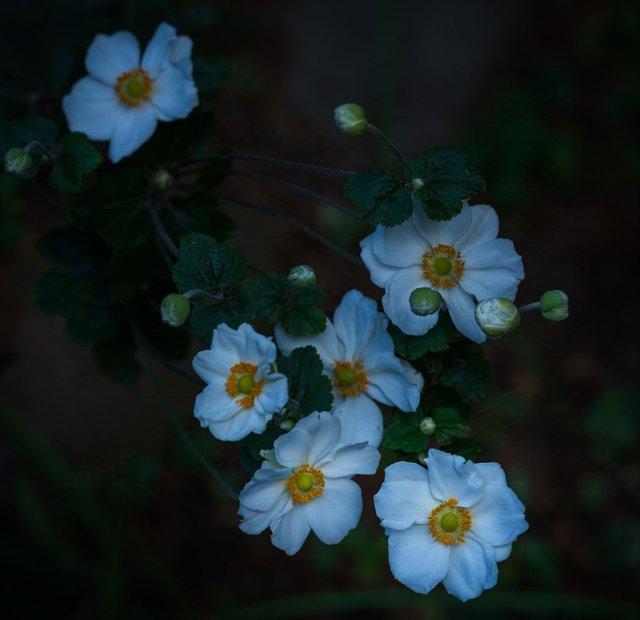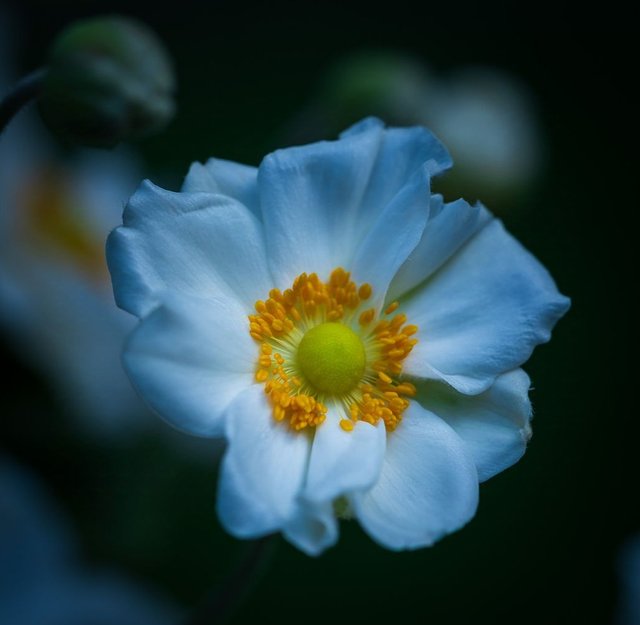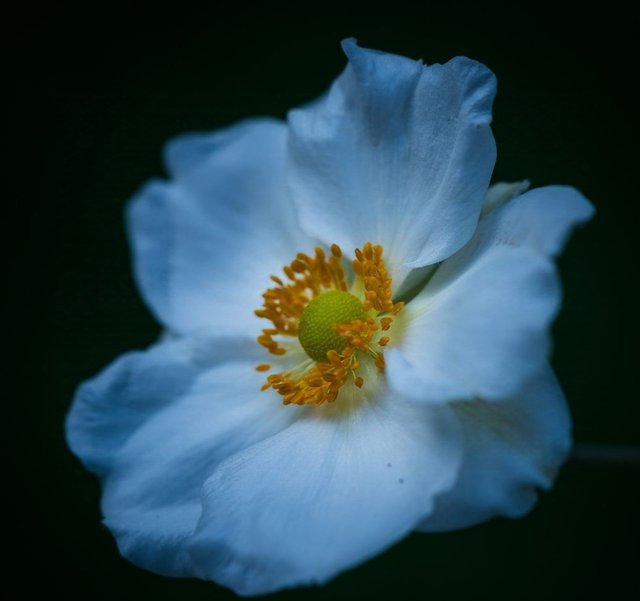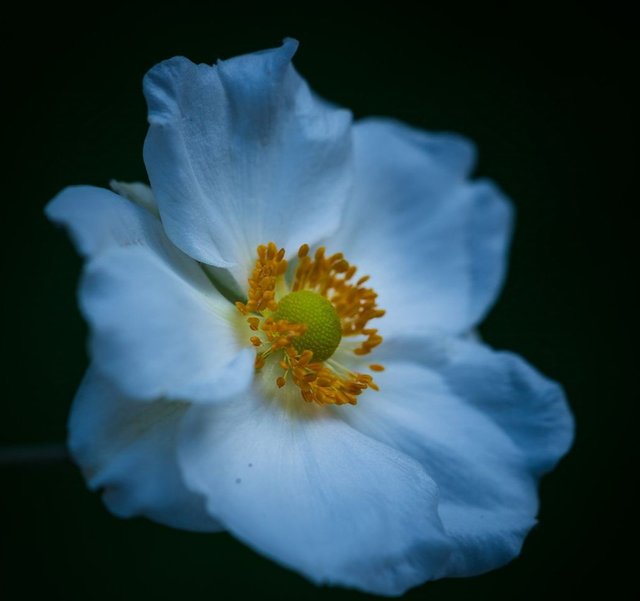The Japanese anemone, Anemone hupehensis, is a stunning, hardy perennial that offers delicate charm and graceful blooms to late-summer and fall gardens. Belonging to the buttercup family, this plant is treasured by gardeners worldwide for its long flowering period, resistance to many pests and diseases, and ability to thrive with minimal care. Native to China but commonly grown in Japan, the Japanese anemone has become a cherished plant with several cultivars that add layers of beauty and dimension to a variety of garden settings.
Appearance and Varieties
The Japanese anemone is characterized by its delicate, saucer-shaped flowers that rise above dark green, deeply lobed foliage on slender stems, which sway gracefully in the breeze. The blooms come in shades of white, pink, and lavender, with contrasting yellow stamens that add a pop of brightness at the center. Each bloom can be single, semi-double, or double, depending on the variety, and they grow in clusters, creating a billowing effect when planted en masse.
Popular cultivars include:Honorine Jobert’ – A classic, award-winning variety with pure white flowers and golden centers that radiate elegance.
‘September Charm’ – This variety boasts lovely, soft pink flowers with silver undersides, which add an ethereal quality to the garden.
‘Pamina’ – Known for its deep pink double blooms, which make a striking statement in any planting scheme.
‘Whirlwind’ – A semi-double white variety that adds layers of texture and creates a sense of lightness in shaded spots.
These cultivars each offer unique colors and forms, making them a versatile choice that can easily be matched to the aesthetic of any garden.
Growing Conditions and Care
Japanese anemones are relatively easy to care for once established, though they require a bit of patience, as they may take a season or two to settle in. Here’s what they need to thrive:
Sunlight: Japanese anemones prefer partial shade, especially in warmer climates. However, they can tolerate full sun if provided with consistent moisture.




